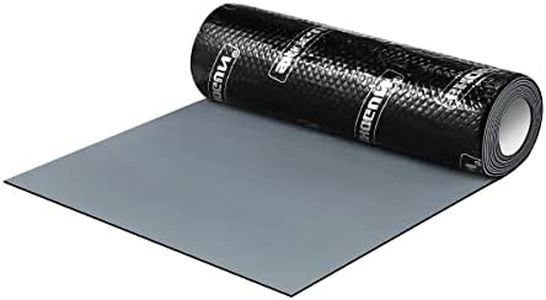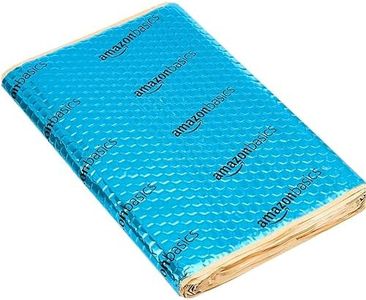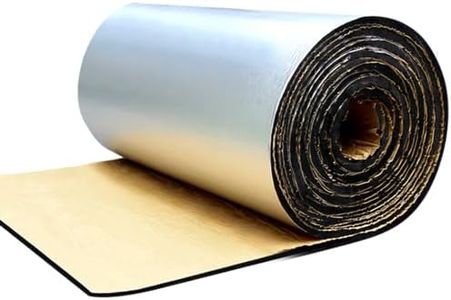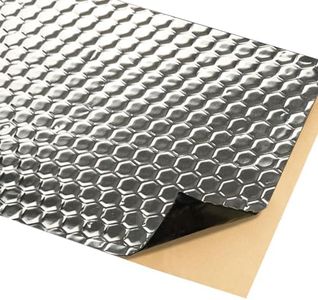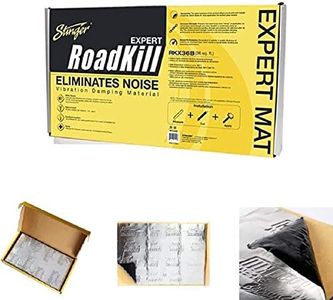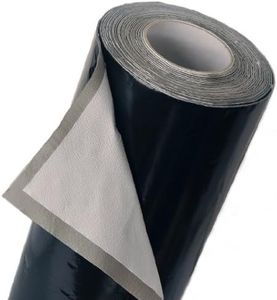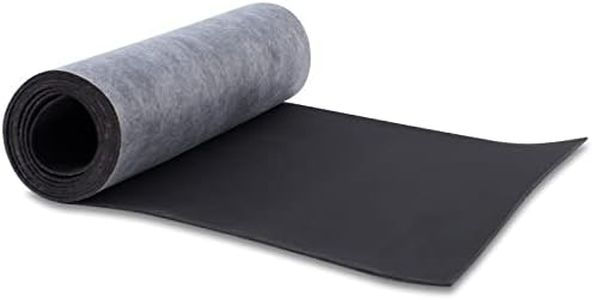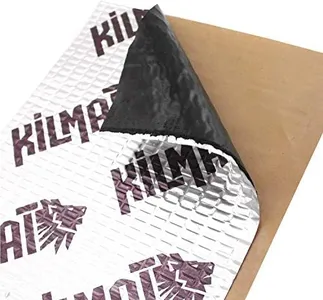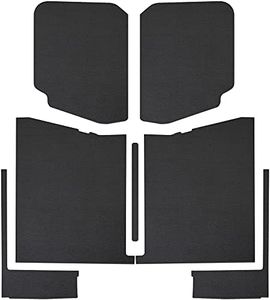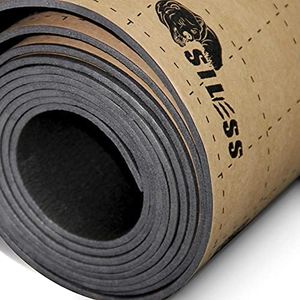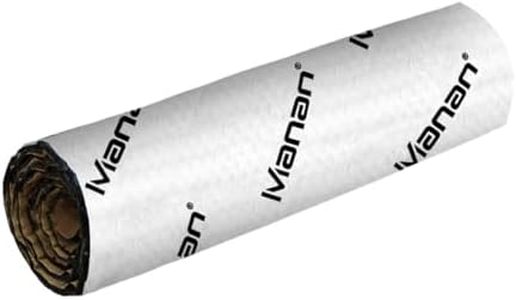We Use CookiesWe use cookies to enhance the security, performance,
functionality and for analytical and promotional activities. By continuing to browse this site you
are agreeing to our privacy policy
10 Best Sound Deadening Kits
From leading brands and best sellers available on the web.Buying Guide for the Best Sound Deadening Kits
Sound-deadening kits are designed to reduce unwanted noises and vibrations inside cars, homes, or other environments. When choosing the right kit, understanding how soundproofing works and what your needs are—whether it's for a vehicle, a music room, or a home office—will help you make an informed decision. The right kit will create a quieter, more comfortable space and can also enhance sound quality when used in cars or entertainment areas. It's important to evaluate what you're trying to achieve: total silence, improved audio, or just less road noise.Material TypeThe material used in a sound-deadening kit greatly affects its effectiveness and ease of installation. The most common materials are butyl rubber, foam, mass loaded vinyl, and asphalt-based sheets. Each offers different levels of sound and vibration reduction, with butyl rubber typically being odorless, flexible, and easy to cut, while asphalt-based sheets tend to be heavier and can sometimes emit odors, especially in heat. If you are after maximum noise blocking, heavier and more dense materials like mass loaded vinyl are suitable, but for general improvement and ease of installation, lighter materials or foam may be best. Consider where the material will be applied and how much flexibility or thickness is required for your situation.
ThicknessThickness is an important factor because generally, thicker sound-deadening material will block more sound and absorb more vibrations. Thinner materials (around 1-2 mm) are easy to handle and are often enough for lighter noise reduction. Moderate thicknesses (2-5 mm) offer a balance of effectiveness and flexibility, suitable for most users wanting a noticeable improvement. Thick options (above 5 mm) provide the most robust noise reduction and are ideal for specific needs like music production or luxury cars, but might be harder to install in tight areas. Think about how much space you have behind panels or under carpets and how drastic a change you need to decide the right thickness.
Coverage AreaCoverage area tells you how much surface (measured in square feet or meters) the kit will cover. Kits can range from enough to do just a small section (like a car door) to full-vehicle or full-room kits. Smaller kits are good for targeting specific problem spots, while larger kits are better if you want all-around quiet and consistent results. To pick the right coverage, measure where you want to apply the material and select a kit that matches or slightly exceeds your measurements to ensure complete coverage.
Adhesive QualityGood adhesive is vital for a long-lasting installation—poor adhesive will cause the material to peel, fall off, or fail to block sound properly. Some kits come with a high-quality peel-and-stick backing, making them easy to apply and ensuring they stay in place during heat and vibration. Others may require spray or contact adhesive. For vehicles or environments with frequent temperature swings or heavy movement, choose a kit known for strong and heat-resistant adhesives to ensure reliability.
Ease of InstallationSome sound-deadening kits are easier to install than others. This depends on factors like whether the material is self-adhesive, how flexible it is, and how easy it is to cut to size. Kits with self-adhesive backing and clear instructions are best for beginners or those looking for a quick upgrade. If you're experienced or working in challenging spaces, materials that can be molded or require extra steps may offer better performance but demand more effort. Think about your comfort with do-it-yourself projects when making your choice.
Heat and Moisture ResistanceSince sound-deadening materials are often used in environments exposed to heat, cold, or moisture—such as car interiors or damp basements—the kit's resistance to these conditions is important. Materials that withstand high temperatures and resist moisture will last longer and maintain their effectiveness, while lower-quality materials might degrade or develop mold. If you're applying a kit in an area that gets hot or damp, look for products specifically rated for such conditions to ensure durability and effectiveness over time.

